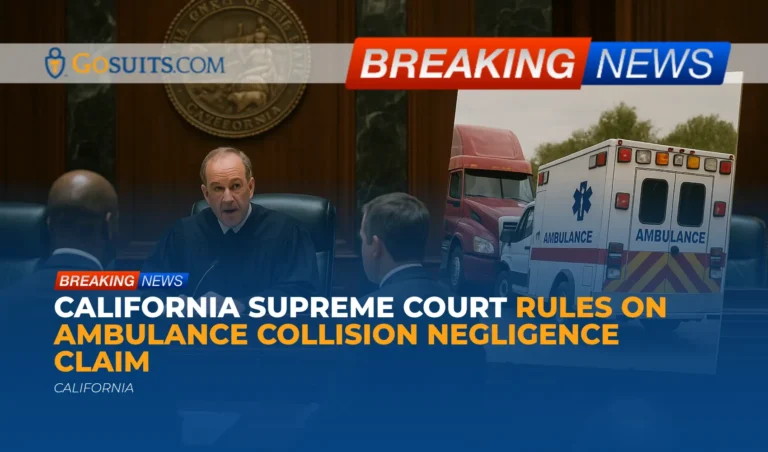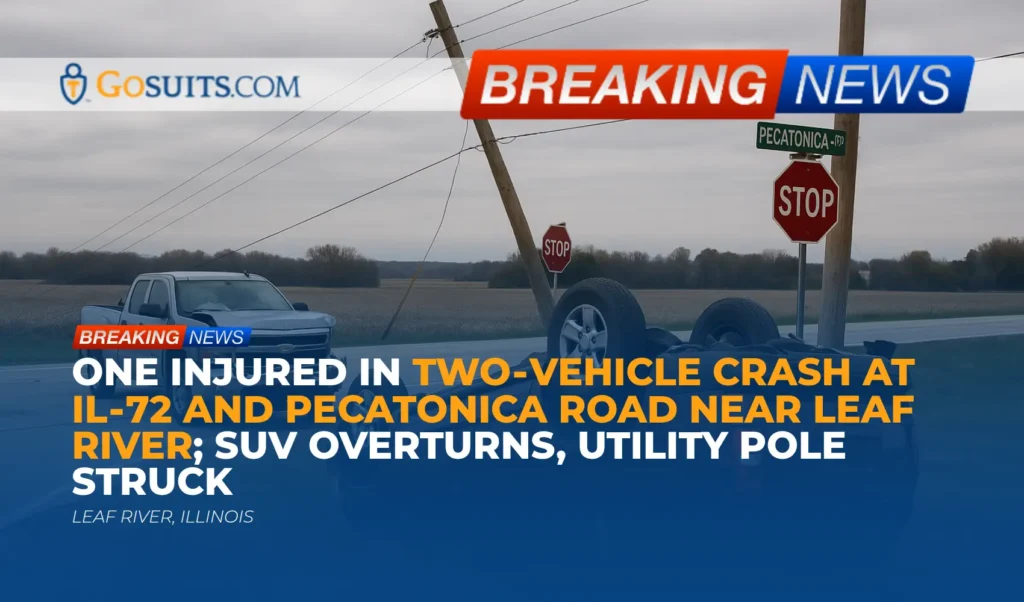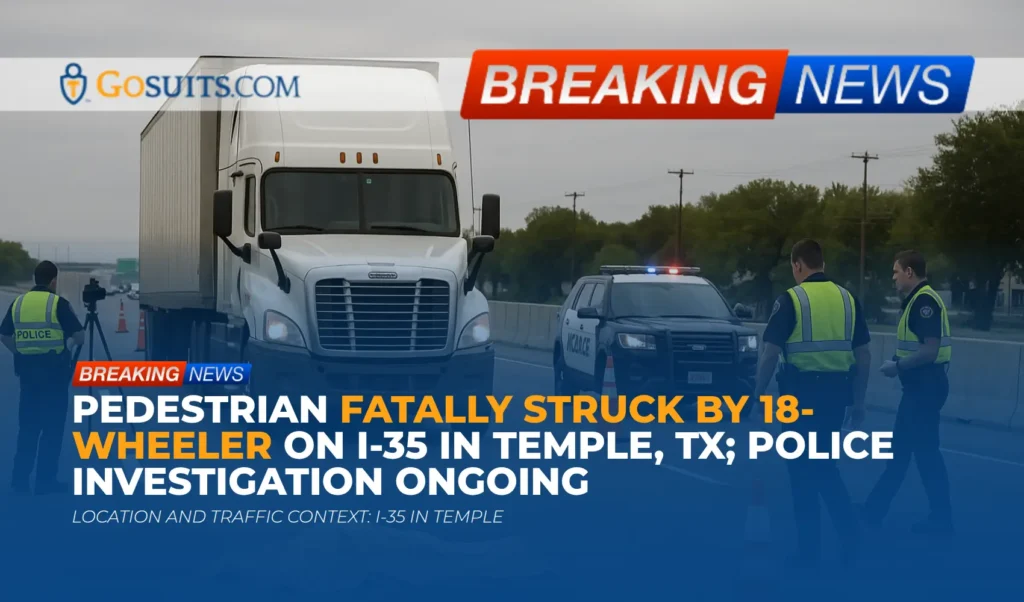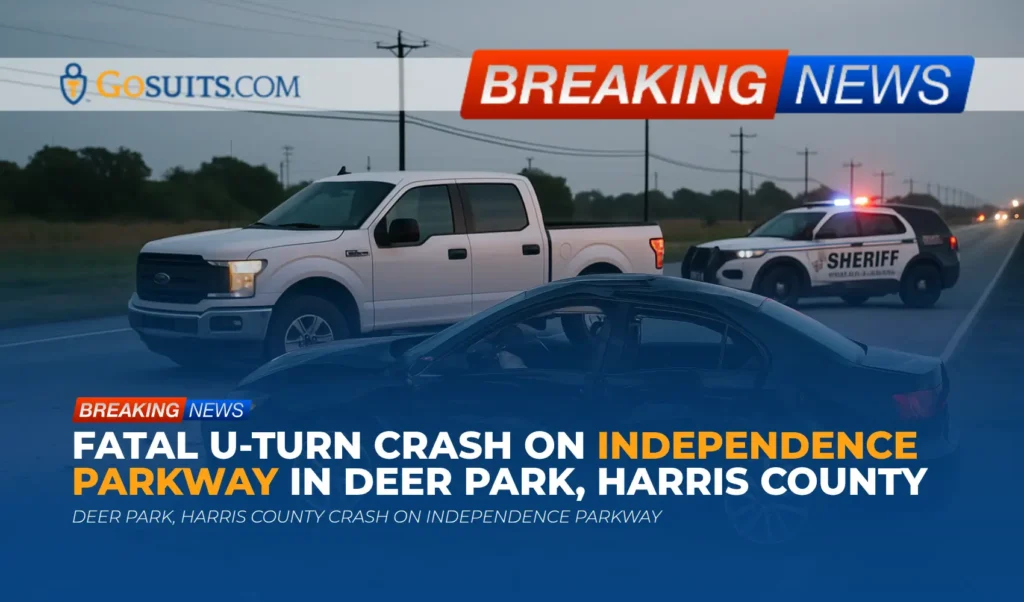A recent ruling by the California Supreme Court has significant implications for personal injury claims arising from accidents involving emergency vehicles. The court decided that a truck driver’s lawsuit against an ambulance driver, stemming from a rear-end collision, can move forward under a “garden-variety negligence” claim. This is a crucial distinction because it allows the case to proceed under the standard statute of limitations for negligence claims, which is typically longer than the statute of limitations for medical injury claims.
The Incident and the Legal Question
The case originates from an incident where an ambulance, while transporting a patient, rear-ended a truck. The truck driver subsequently filed a lawsuit against the ambulance driver, Uriel Tostado, alleging negligence. A key point of contention was whether this case should be categorized as a medical injury claim or a general negligence claim.
Under California’s Medical Injury Compensation Reform Act (MICRA), there is a one-year statute of limitations for medical injury claims. This shorter time frame can significantly impact a plaintiff’s ability to pursue legal action. Conversely, general negligence claims typically have a longer statute of limitations, allowing more time for investigation and filing a lawsuit.
The ambulance driver’s defense argued that because he was transporting a patient at the time of the accident, the claim should fall under MICRA’s purview. However, the Supreme Court disagreed.
The Court’s Reasoning: General Negligence vs. Medical Injury
The California Supreme Court’s decision hinged on the nature of the alleged negligence. The justices reasoned that the truck driver’s lawsuit alleges a breach of the ambulance driver’s duty to the general public to obey traffic laws. This duty is distinct from the professional medical obligations of an EMT or ambulance driver.
The court emphasized that the lawsuit centers on the ambulance driver’s actions as a driver, not as a medical professional providing care. The claim alleges that the driver violated standard traffic laws, a duty owed to all drivers on the road, regardless of whether he was transporting a patient.
This distinction is vital because it prevents the overly broad application of MICRA to situations where the alleged negligence is not directly related to medical care. According to the court, the legislative intent behind MICRA was to address issues of medical malpractice and the provision of healthcare services, not general negligence in driving.

Implications for Future Cases
This ruling sets a significant precedent for future personal injury cases involving emergency vehicles. It clarifies that not all incidents involving emergency vehicles automatically fall under the umbrella of medical injury claims. Instead, courts will need to carefully examine the nature of the alleged negligence to determine the applicable statute of limitations.
This decision benefits plaintiffs injured in accidents involving emergency vehicles by providing them with a more reasonable timeframe to pursue their claims. It also reinforces the principle that emergency vehicle operators are not exempt from the same traffic laws and duties of care that apply to all drivers.
Factors Considered in Negligence Claims
In cases like this, several factors are typically considered to establish negligence:
- Duty of Care: Did the ambulance driver have a duty to operate the vehicle safely and in compliance with traffic laws?
- Breach of Duty: Did the ambulance driver breach that duty by violating traffic laws, driving recklessly, or failing to exercise reasonable care?
- Causation: Did the ambulance driver’s breach of duty directly cause the accident and the truck driver’s injuries?
- Damages: Did the truck driver suffer damages as a result of the injuries, such as medical expenses, lost wages, and pain and suffering?
Establishing these elements is crucial for a successful negligence claim. In this case, the Supreme Court’s decision allows the truck driver the opportunity to present evidence supporting these elements under the standard negligence framework.

Commentary from Gosuits California Personal Injury Attorney
The California Supreme Court’s ruling underscores the importance of distinguishing between general negligence and medical negligence in personal injury cases involving emergency vehicles. This decision provides crucial clarity, ensuring that victims of traffic accidents caused by negligent driving are not unfairly limited by the shorter statute of limitations applicable to medical malpractice claims. The focus on the breach of duty to obey traffic laws, a duty owed to all road users, highlights the significance of holding all drivers accountable for their actions behind the wheel, regardless of their professional role or the circumstances of their travel.






